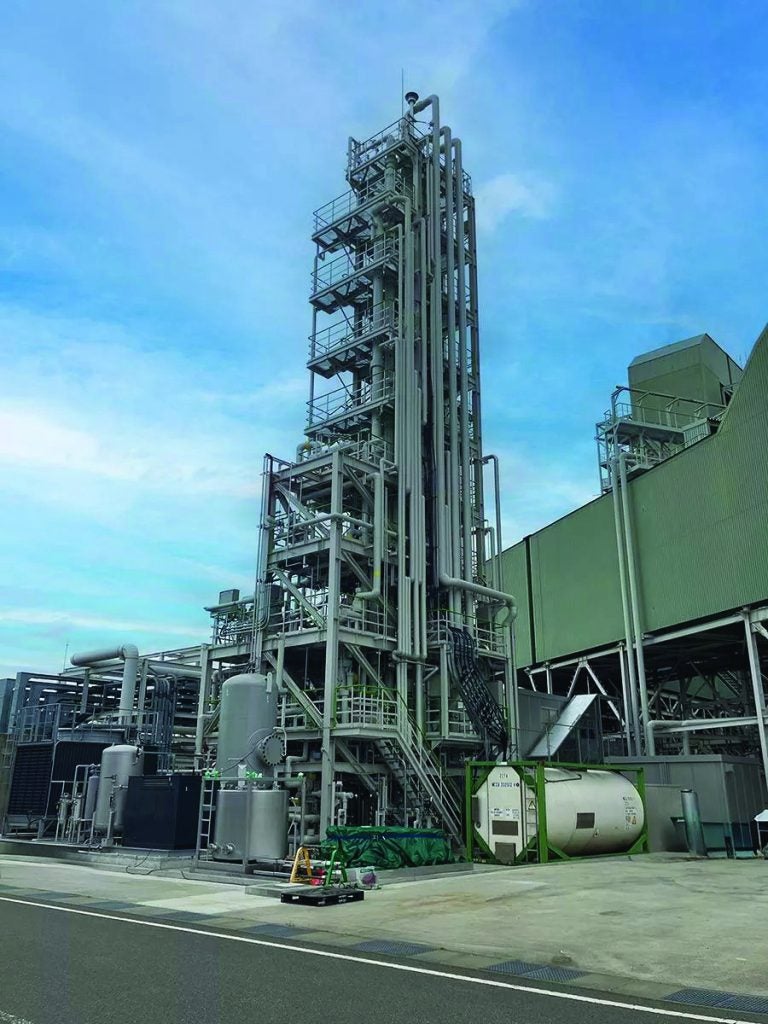
The global energy system is undergoing its most significant transformation in a century. Electrification across transport, buildings and industry is accelerating, driven by factors such as the rollout of electric vehicles, growing uptake of heat pumps and the shift to electric industrial heat. According to the International Energy Agency, global electricity demand is expected to increase by more than 3% annually between now and 2026, with electrification in end-use sectors contributing to the majority of this growth.
This growth is placing new strains on power systems, particularly arising from data centres driven by AI, cloud computing, and digital services that are becoming major electricity consumers. As we move further into the energy transition, the challenge is not just to supply more power but also to do so with lower emissions without compromising the reliability of the electricity supply.
Renewables must continue to grow and will remain the foundation of decarbonisation. However, more needs to be done to provide the flexibility and resilience needed to meet today’s power demand.
While solar, wind, geothermal and battery energy storage can take us a long way towards net zero, covering the final stretch is increasingly complex and costly – requiring overbuilt capacity, long-duration storage and grid reinforcements to manage variability. This is why I argue that the last mile will be thermal.
Hydrogen will play an important future role as a clean fuel for thermal power generation, but issues relating to cost, infrastructure and availability still constrain its near-term impact. At the same time, carbon pricing is increasing the cost of unabated thermal generation. This adds cost pressure to gas-fired power plants without a clear decarbonisation path, adding more risk to their business case, which is already stretched due to the anticipated low operating hours.
This is where carbon capture and storage (CCS)-equipped gas turbines offer a pragmatic response. They allow dispatchable plants to reduce emissions at the source and remain viable in a carbon-constrained world. More importantly, they help maintain the grid flexibility required to absorb more renewables.

US Tariffs are shifting - will you react or anticipate?
Don’t let policy changes catch you off guard. Stay proactive with real-time data and expert analysis.
By GlobalDataThis is not about replacing renewables but about making progress towards a carbon free power system, meeting the timelines for reaching zero emissions and increasing the resilience of the system at minimum cost with the tools readily available.
The case for CCS in gas power
CCS has gained traction in industrial sectors that are hard to decarbonise like cement, petrochemicals and steel. In the power sector, however, progress has been slower. Infrastructure gaps, policy uncertainty and investor caution due to the cost addition have limited deployment.
Yet the need is urgent, and there is a lack of any realistic alternative. Dispatchable low-carbon solutions are required now, and CCS-equipped gas turbines are a viable option that is commercially available. The current barriers are not technical but economic and regulatory.
Mitsubishi Heavy Industries (MHI) has already demonstrated the feasibility of equipping gas turbines with CCS. In 2024, the company completed a commercial-scale CCS application on a gas turbine in Ravenna, Italy – demonstrating the feasibility of capturing CO₂ from low-concentration flue gas. At Ravenna, the capture process is being used to treat low-CO₂ flue gas from a natural gas-fuelled turbine driving a turbo compressor.

This year, MHI launched a project in Himeji, Japan, this time capturing CO₂ from a turbine generating electricity. Himeji offers a model that is closer to the requirements of the power sector and proves the operational readiness of CCS in real-world conditions.
CCS is also cost-effective in specific roles. In renewables-heavy grids, gas turbines are often used for a few hundred hours per year during low wind or solar periods to guarantee the security of supply and system stability. Even at these low utilisation rates, our modelling shows that CCS-equipped turbines can outperform hydrogen-only alternatives under current market conditions.
In high-demand scenarios such as those involving large data centres, the value proposition is even stronger. CCS provides a pathway to clean, reliable, round-the-clock power when other low-carbon options are not available at scale.
If the last mile of decarbonisation is thermal then making that generation clean, and flexible is the next step.
Infrastructure, markets and timing
Wider deployment of CCS depends on infrastructure. Power-sector CCS would require access to carbon transport and storage networks. Without them, proven technologies cannot scale.
This requires investment, and investment decisions must be grounded in economics. Ultimately, the project must stand on its own merits.
Still, where carbon infrastructure exists or is being developed, policy incentives can accelerate deployment. In the UK, for example, strong policy frameworks and progress on storage networks are beginning to unlock private investment.
The same trend is visible in other regions, from continental Europe to the Middle East, but realising the full potential of CCS will require coordinated development of carbon infrastructure, planning frameworks and market signals.
CCS and hydrogen
Hydrogen and CCS are not in competition. They are complementary technologies that will operate on different timelines.
Hydrogen has long-term potential as a zero-carbon fuel and energy storage medium, but deployment at scale requires significant advances in fuel cost, infrastructure and availability. In the near term, hydrogen will be deployed first where it makes most impact and offers multiple returns. Substituting grey hydrogen in industry or producing synthetic fuels for marine transport or aviation are the first targets. The power sector will follow at a later stage.
Gas turbines are long-term investments. Once built, they are expected to operate for 25–30 years. If hydrogen fuel is not available during that period, these turbines will run on natural gas, and without capture could emit carbon for decades. CCS offers a way to avoid that outcome. As we build towards a future in which hydrogen becomes more widely available, we must also ensure that we are decarbonising effectively along the way. Integrating CCS with gas turbines allows us to do both.
MHI sees hydrogen and CCS as parallel options. In the future, hybrid models will emerge that blend hydrogen, biogas with gas and optimise the range of operation for CCS. These solutions will help manage residual emissions while expanding clean generation capacity.
Even in peaking applications, CCS-equipped turbines can outperform hydrogen-only units, and at low utilisation levels they remain commercially viable.
In baseload operations, their value increases further. Data centres and other industrial users require constant, low-carbon electricity. In regions where renewables or nuclear options are constrained, CCS-equipped turbines can deliver.
CCS is also flexible. In time, multi-block modular systems may allow phased operation depending on fuel mix or seasonal demand. That adaptability will be essential.
Overall, CCS is not a stopgap. It is a key part of the core strategy for long-term decarbonisation.

The last mile of decarbonisation will be thermal. CCS-equipped gas turbines offer one of the most realistic tools to reach net zero while maintaining system stability.
The technology is proven, the commercial models are understood and the operational need is immediate. CCS storage supports grid reliability and decarbonisation. It complements renewables and avoids emissions lock-in.
The projects in Ravenna and Himeji show what is already possible. With the right infrastructure, investment framework and policy support, CCS can scale.
To realise this potential, governments, developers and financial institutions must work together building out carbon infrastructure, reducing risk for early projects and embedding CCS into national energy strategies.
About the author: Professor Emmanouil Kakaras is the executive vice-president of GX (Green Transformation) Solutions at MHI EMEA.
This article was originally published by Power Technology’s sister publication Modern Power Systems.





